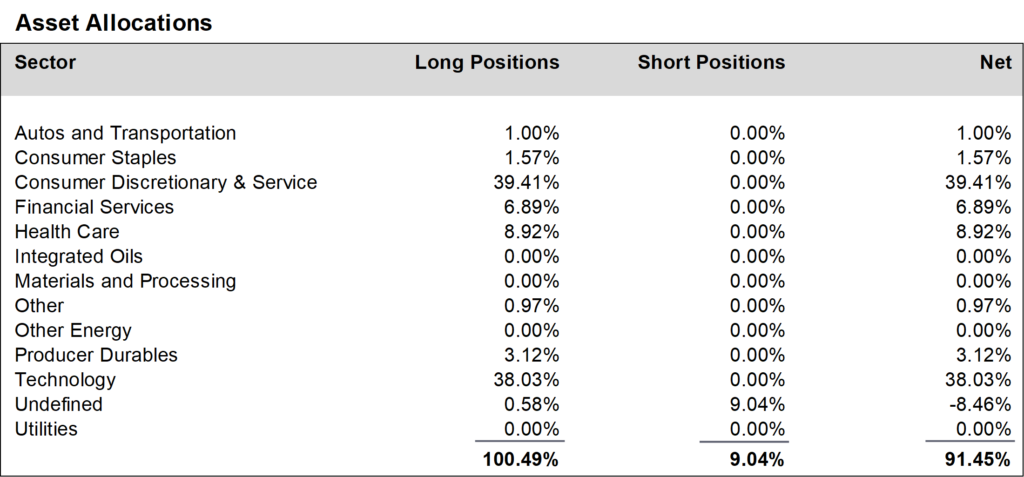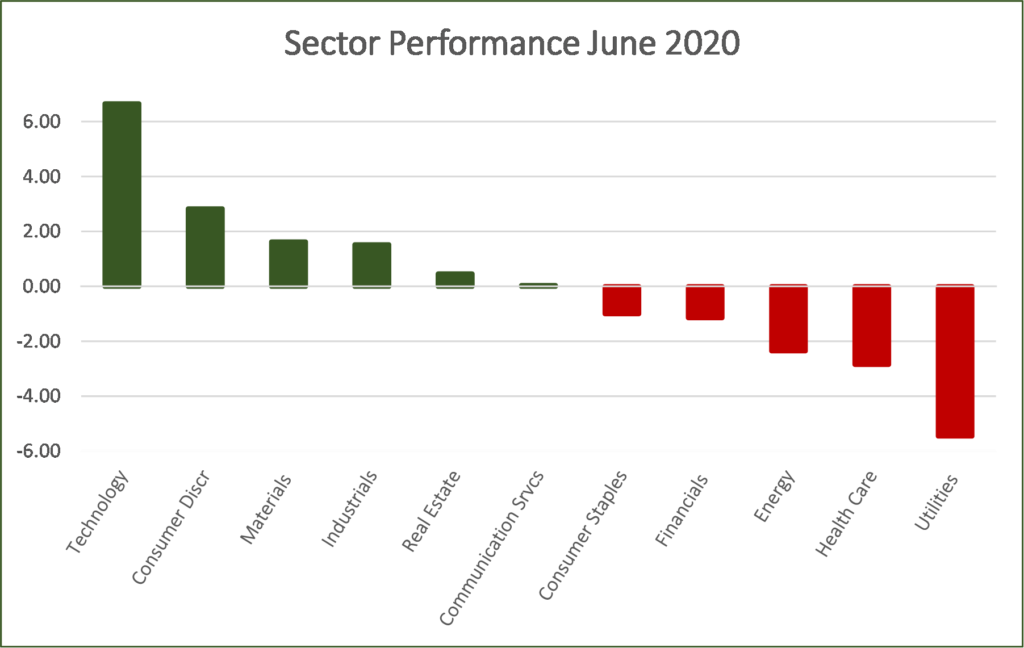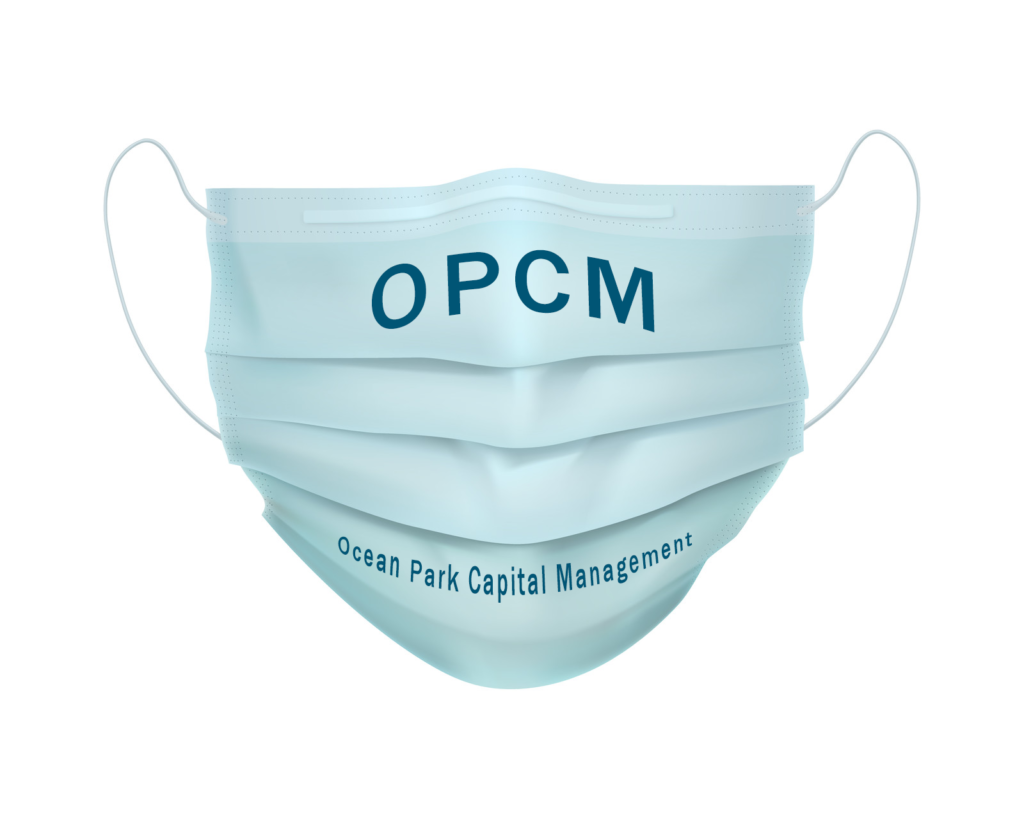
Ocean Park Capital Management
2503 Main Street
Santa Monica, CA 90405
Main: 310.392.7300
Daily Performance Line: 310.281.8577
Stock Indices:
| Dow Jones | 42,330 |
| S&P 500 | 5,762 |
| Nasdaq | 18,189 |
Bond Sector Yields:
| 2 Yr Treasury | 3.66% |
| 10 Yr Treasury | 3.81% |
| 10 Yr Municipal | 2.63% |
| High Yield | 6.66% |
YTD Market Returns:
| Dow Jones | 12.31% |
| S&P 500 | 20.81% |
| Nasdaq | 21.17% |
| MSCI-EAFE | 12.90% |
| MSCI-Europe | 12.10% |
| MSCI-Pacific | 13.80% |
| MSCI-Emg Mkt | 16.80% |
| US Agg Bond | 4.44% |
| US Corp Bond | 5.32% |
| US Gov’t Bond | 4.39% |
Commodity Prices:
| Gold | 2,657 |
| Silver | 31.48 |
| Oil (WTI) | 68.27 |
Currencies:
| Dollar / Euro | 1.11 |
| Dollar / Pound | 1.33 |
| Yen / Dollar | 142.21 |
| Canadian /Dollar | 0.73 |
Portfolio Overview
Ocean Park Investors Fund rose 3.78%* in June and outperformed most of the major indices, including the S&P 500 which gained 1.84%. In addition, the fund outperformed the HFRI Equity Hedge Index, which rose 2.99%. For the year to date through June, the fund was up 9.25%* while the S&P 500 was down 4.04% and the Dow was down 9.55%. Once again, we achieved these results while maintaining the hedge which we have previously discussed. Several portfolio stocks generated outsized gains, including Zoom Video (up over 40% for the month) and Docusign (up over 20%).
During June, we increased positions in the consumer discretionary and service sector and reduced positions in the consumer staples sector. We finished the month at about 91% net long, unchanged from May.
Daily updates on our activity are available on our Results Line, at 310-281-8577, and current information is also maintained on our website at www.oceanparkcapital.com. To gain access to the site enter password opcap.
*These results are pro forma. Actual results for most investors will vary. See additional disclosures on page 4. Past performance does not guarantee future results.




